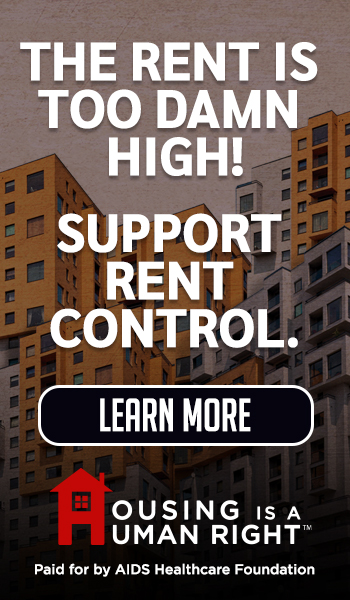Comments
STAKEHOLDER VIEW - Few cities possess the natural beauty of Los Angeles, from its coastline to the rugged mountains. Fewer still enjoy a climate that allows such a great variety of plant life. Our city could be a botanical garden on a metropolitan scale, with the most extensive tree planting, the lushest parks, and the longest greenways. In cities whose quality of life we admire, parks and greenways are widespread. San Francisco devotes more than 8 percent of its land to parks, Seattle more than 15 percent. In New York City, the figure is as high as 17 percent. And in Los Angeles? A paltry 5 percent.
Parks are not a luxury or an extravagance. They bring enormous economic benefits, including increased property values, greater attractiveness for corporate relocation and tourism, commercial uses such as filmmaking, and improved air quality. We can remake Los Angeles into a city that is valued by its residents and remembered by visitors not as a city of asphalt and concrete, but as a city of trees and open space. But instead of adding new parks and increasing their funding, the opposite is happening. Our elected leaders are decimating and defunding the existing. (Defunding of Recreation and Parks Continues, CityWatch, May 1, 2025, by Jack Humphreville).
Case in point is the property at First and Broadway. The city has spent tens of millions of dollars to purchase the land from the state and the county and millions more to demolish the existing structure, prepare environmental impact studies, and develop architectural and landscape designs. After an international design competition, the landscape architecture firm Studio-MLA, founded by Mia Lehrer, was awarded the contract to design the park. The firm designed a superb park. The budget was in place, funded by so-called Quimby fees, which are paid in lieu of dedicating land to the city for park and recreational purposes—but the funds were recently raided to be used for other purposes.
The property is in front of City Hall, in the heart of Los Angeles. The proposed park would have been connected to the Gloria Molina Grand Park, a place for celebrations, festivals, concerts, and family recreation—especially critical since downtown is void of desperately needed open space. The site is directly across from the former Los Angeles Times headquarters, but since the Times escaped to El Segundo, the newspaper has had no vested interests to protect; thus, it has been unusually mum. It is a travesty, an affront to the citizens of Los Angeles, that our city leaders have allowed this to happen, depriving our seniors and youth of services and benefits at a time many other services are decimated because of the staggering $1billion city budget deficit.
Echo Park is another place where the community has been deprived of a natural wonder. Then-Councilman Mitch O’Farrell’s office arranged for the park’s closure in 2021 and erected a fence after a large homeless encampment housing more than 200 people was cleared from the area. Hugo Soto-Martinez unseated O’Farrell in the November 2022 council election with a campaign promise to remove the fence. In March 2023, the fence was removed—to the consternation of the neighbors. “I’m disappointed the councilman didn’t work with the community to really listen to our concerns,” one neighbor said. “We fear that the quality of the park environment will degenerate and go back to what it was before the fence went up.”
“No worries,” Soto-Martinez said. He promised to send homeless outreach workers into the park seven days a week, while having a team of unarmed responders available at night. The “Homeless Industrial Complex” at work again!
Additional parks with open space converted to homeless shelters:
- Griffith Park
- Lafayette Park
- North Hollywood Recreation Center
- Alexandria Park
- Ken Malloy Harbor Regional Park
- Strathern Park West
- Arroyo Seco Park
- Eagle Rock Park
In July 2023, Judge Milan Smith Jr. of the U.S. 9th Circuit Court of Appeals wrote:
“There are stretches of the city where one cannot help but think the government has shirked its most basic responsibilities under the social contract: providing public safety and ensuring that public spaces remain open to all. One-time public spaces like parks—many of which provide scarce outdoor space in dense, working-class neighborhoods—are filled with thousands of tents and makeshift structures and are no longer welcoming to the broader community.”
We should keep these facts in mind when we are asked to vote for a ballot measure for a parcel tax or the issuance of bonds next year.
(Nick Patsaouras is a civic leader and author of the book The Making of Modern Los Angeles.)
















